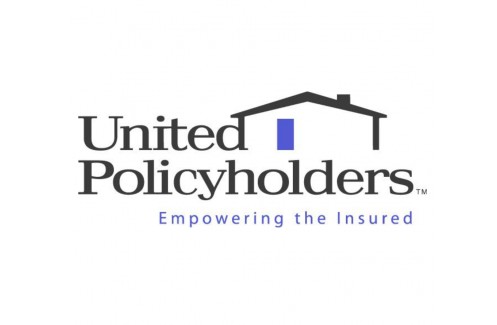Imagine for a moment your home is severely damaged as a result of a hurricane or tornado. The damage is so bad, you think the damage merits the maximum coverage your insurance policy provides, and it turns out you’re right. Your insurance company pays you the maximum policy limits, and you’re sitting pretty with what looks like an amount sufficient to repair your home. However, you receive bad news when your contractor tells you he will need more than your insurer gave you to fix your home. Turns out you did not have sufficient insurance to protect your home, and according to a recent CNBC article, this problem is more common than you may think.
Part of the problem involves people’s failure to shop around for their insurance. In fact, 60% of respondents to a Deloitte survey indicated they rarely shopped around when their policy was up for renewal, even though 75% said price was very or extremely influential in decision-making. The article advises policyholders to shop around because there’s a good chance that you are under-insured when it comes to replacing your home.
Making the problem worse, some people think that the decline in home prices over the past few years merits an equal reduction in their replacement cost coverage, and thus, their premium.
“With the market depressed, some people may think they are over-insured,” says Christopher Hackett, personal lines policy director at the Property Casualty Insurers Association of America. “There’s a difference between the market value of the home and the replacement cost.”
“Your home value may have dropped 30-40 percent, but the cost of rebuilding your home that burned down may have gone up 40 percent,” adds Scott Mallasee, property casualty staff product director at Nationwide.
That’s the least of it, according to industry experts, who attribute the insurance muddle to a variety of factors: insurance regulation (which influences coverage and price) varies by state; consumers rarely research their options and/or comparison shop; and insurance agents omit information or explain it poorly to customers.
“People tend not to understand what the coverage terms mean," says Douglas Heller, executive director of Consumer Watchdog, who maintains that the burden of education and communication is on insurers.
Policyholders tend to be confused over actual cash value (ACV) and replacement cost value (RCV). ACV costs less and provides a lower coverage ceiling. It covers the cost of the house, essentially on an “as-is” basis and does not cover depreciation. The replacement is of a “like kind and like quality,” which means your insurer will pay for replacement of your damaged property, without deducting for depreciation. In other words, RCV pays to actually repair or replace, regardless of the costs (up to your policy limit) whereas ACV pays you the “garage sale” vale of your damaged property. I, along with most experts, recommend RCV coverage. ACV policiesrun into problems involving the appropriate amount of depreciation to deduct, which is not an issue you want to deal with when attempting to repair your home.
Additionally, the cost of materials and labor increase over time, which is another reason to update your policy every couple of years.
Also, changes in local or state building codes can sometimes add to the cost to replace your home, and if you don’t keep tabs on those changes regularly (as most people don’t), you might find your home is underinsured.
The article advises readers to take an inquisitive and aggressive approach in seeking competitive bidding. First, determine the replacement cost of the home yourself, rather than leave it up to the insurers, which makes it easier to compare coverage and price. An assessment may cost about $300-$400, but it will provide you peace of mind knowing you have the right amount of insurance.
The article concludes by stating that on top of ensuring your home is adequately protected, shopping around may also save you upwards of 25%.
Check out the National Association of Insurance Commissioners, which has a map with links to all 50 state regulators. It has helpful information, such as tables of consumer complaints by type and company. There’s also information on how to document the contents of your home, such as this inventory checklist, which will help determine coverage value and replacement cost. These tools and others allow you to shrink your pool of potential insurers, making it easier to compare terms and prices.



